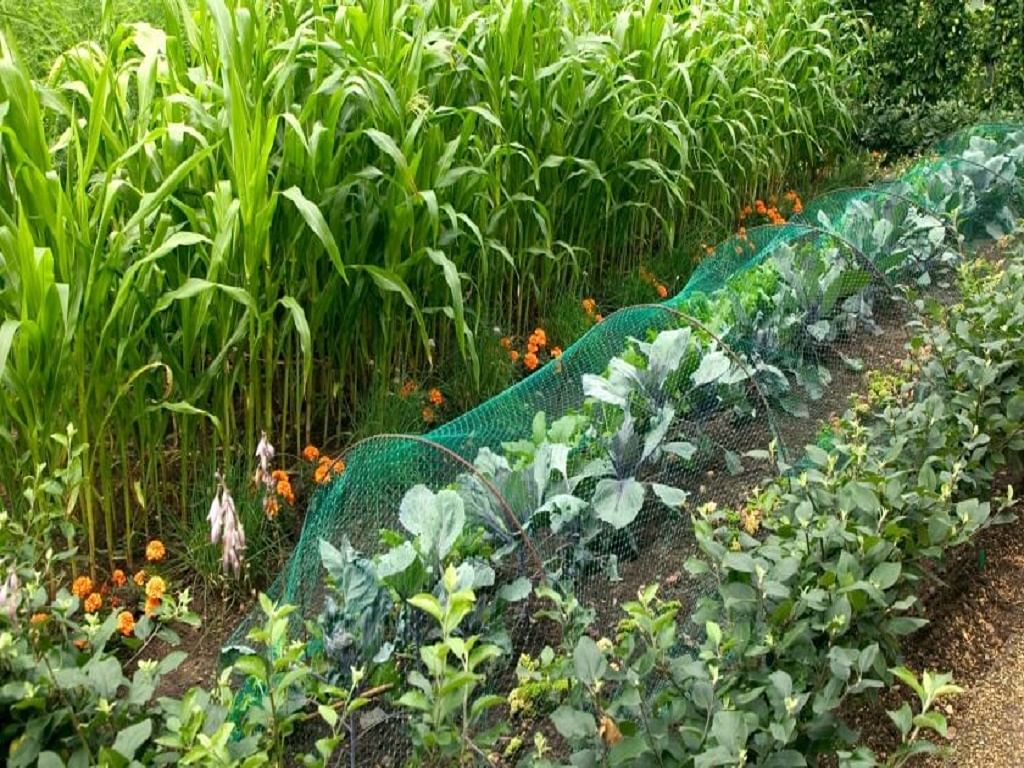
Your garden should be blooming all around as the days grow longer and the temperatures rise. June is usually when bedding plants are planted. Even with our unpredictable weather, by June, it's safe to plant bedding without fear of frost. Although there is no risk of frost, the weather might still catch us off guard.
Here's a checklist for making your June Garden glow this month.
General Tips:
-
Check plants regularly and water them if the soil is dry, especially freshly planted fruit trees and shrubs that are still developing themselves. Setting up an automatic drip irrigation system can help you save money, time, and water.
-
Prepare any leftover half-hardy bedding plants for planting out by hardening them off.
-
To keep your greenhouse from overheating, use shades or shade paint. On hot days, remember to open vents and doors.
-
Keep up with the weeding. Your plants should not have to fight for water, light, or nutrients.
In the flower garden:
-
Harden off and place hanging baskets and containers in their final positions in the greenhouse. Trim excess growth from your hanging basket plants to stimulate bushy new growth.
-
If drifts of hardy annual plants become overgrown, thin them out.
-
When the leaves of snowdrops and bluebells begin to yellow, lift and split the clusters.
-
Continue to water your blossoming rhododendrons with rainfall (if possible).
-
Overcrowded clumps of flower bulbs and tubers should be removed and divided.
-
Allow for natural bulb foliage to die before trimming down.
-
To foster a bushy habit and more blooms, pinch out the tips of fuchsias.
-
To encourage additional blooms, begin picking sweet peas as soon as they blossom.
-
If you have repeat-flowering roses, deadhead them. Leave the seed heads on for aesthetic purposes.
-
After flowering, deadhead and trim down oriental poppies. Cutting them close to the ground will encourage new growth.
-
To protect tall perennial plants from wind damage, stake them.
-
Use soft ties to train climbing plants like honeysuckle and clematis to their supports as new shoots emerge.
-
Once the evergreen clematis has completed blooming, prune off any overcrowded or dead stems to keep the plant in good health.
-
If your hardy geraniums have done flowering by the end of June, trim them down to encourage fresh leaves and blossoms.
-
Flowerheads from lavender plants may be used in baking, crafts, or as a garnish for your meals.
In the vegetable garden:
-
As the potato plants grow, continue to earth them up.
-
Maintain moisture in the compost of newly planted container potatoes, but avoid overwatering, since this compacts the soil, squeezing out oxygen and preventing the growing tubers from enlarging.
-
Remove any side branches from your tomato plants with a pinch. These may be potted to make new tomato plants. Once the first truss has set fruit, begin feeding.
-
Harvest salad harvests every two weeks and resows for a steady supply of excellent greens.
-
Brassica collars should be used while planting cabbages to avoid cabbage root fly infestation.
-
The first early potatoes should be harvested around 10 weeks following planting.
-
Keep an eye on your garlic and onion. They're ready to harvest when the leaves turn yellow and die back.
-
Harden off and plant fragile crops like courgettes, squash, tomatoes, and sweet corn if you haven't already.
-
Cover your crops with horticultural fleece to keep carrots flying away.
In the fruit garden:
-
Now is the time to start pruning your plum and cherry trees.
-
Although fruit trees naturally lose some fruit (known as the 'June drop,') seek to thin down crowded branches even more for larger and better harvests.
-
Place netting around your plants to protect any growing fruits from birds and animals.
-
If you have plants in pots that are fruiting, remember to feed them a high-potash liquid feed to keep them healthy and prolific.
-
Fresh compost and a slow-release fertilizer should be applied to the tops of patio dwarf fruit trees.
-
Attach runners to your strawberry plants to produce extra plants the following year. Remove the strawberry runners completely if you don't need any extra plants.
-
Always keep potted blueberry plants well-watered.











